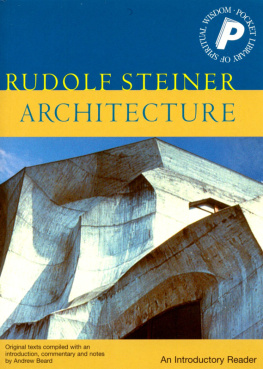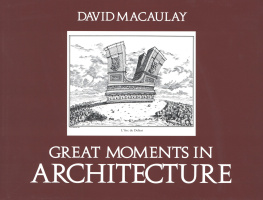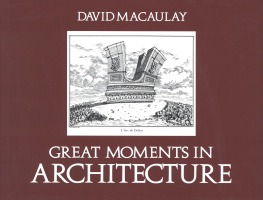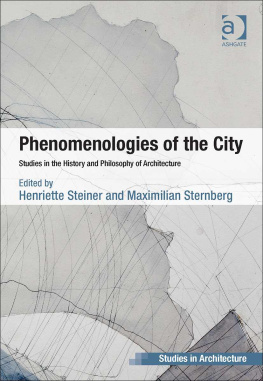Henriette Steiner - Tower to Tower: Gigantism in Architecture and Digital Culture
Here you can read online Henriette Steiner - Tower to Tower: Gigantism in Architecture and Digital Culture full text of the book (entire story) in english for free. Download pdf and epub, get meaning, cover and reviews about this ebook. genre: Romance novel. Description of the work, (preface) as well as reviews are available. Best literature library LitArk.com created for fans of good reading and offers a wide selection of genres:
Romance novel
Science fiction
Adventure
Detective
Science
History
Home and family
Prose
Art
Politics
Computer
Non-fiction
Religion
Business
Children
Humor
Choose a favorite category and find really read worthwhile books. Enjoy immersion in the world of imagination, feel the emotions of the characters or learn something new for yourself, make an fascinating discovery.

- Book:Tower to Tower: Gigantism in Architecture and Digital Culture
- Author:
- Genre:
- Rating:3 / 5
- Favourites:Add to favourites
- Your mark:
- 60
- 1
- 2
- 3
- 4
- 5
Tower to Tower: Gigantism in Architecture and Digital Culture: summary, description and annotation
We offer to read an annotation, description, summary or preface (depends on what the author of the book "Tower to Tower: Gigantism in Architecture and Digital Culture" wrote himself). If you haven't found the necessary information about the book — write in the comments, we will try to find it.
Tower to Tower: Gigantism in Architecture and Digital Culture — read online for free the complete book (whole text) full work
Below is the text of the book, divided by pages. System saving the place of the last page read, allows you to conveniently read the book "Tower to Tower: Gigantism in Architecture and Digital Culture" online for free, without having to search again every time where you left off. Put a bookmark, and you can go to the page where you finished reading at any time.
Font size:
Interval:
Bookmark:

Henriette Steiner and Kristin Veel
The MIT Press
Cambridge, Massachusetts
London, England
2020 Massachusetts Institute of Technology
All rights reserved. No part of this book may be reproduced in any form by any electronic or mechanical means (including photocopying, recording, or information storage and retrieval) without permission in writing from the publisher.
Library of Congress Cataloging-in-Publication Data
Names: Steiner, Henriette, 1980- author. | Veel, Kristin, author.
Title: Tower to tower : gigantism in architecture and digital culture / Henriette Steiner and Kristin Veel.
Description: Cambridge, Massachusetts : The MIT Press, [2020] | Includes bibliographical references and index.
Identifiers: LCCN 2019031894 | ISBN 9780262043922 (hardcover)
Subjects: LCSH: Architecture--Composition, proportion, etc. | Digital communications--Social aspects. | Largeness (Philosophy)
Classification: LCC NA2760 .S76 2020 | DDC 720.1--dc23
LC record available at https://lccn.loc.gov/2019031894
d_r0
For Sofus
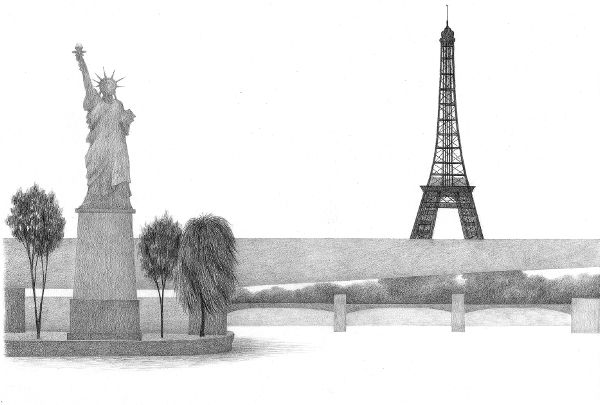
Maria Finn, Unfinished #19, pencil on paper, 29 42 cm, 2018. Maria Finn.
This book is the latest outcome of our long-term collaboration around a number of articles, edited books, conferences, seminars, travels, and many more challenging, weird, fun, rich, tiring (especially for the people around us), and unexpected discussions, disruptions, and digressions than we ever thought would be necessary to precede the writing of this bookconversations that go back more years than we feel ready to recall. We would like to thank the Independent Research Fund Denmark; the Ministry of Higher Education and Science, Denmark; the Swiss National Science Foundation; the Department of Urban Studies and Planning at Massachusetts Institute of Technology; and Churchill College, Cambridge, as well as our respective departments at the University of Copenhagen and the whole community around the Uncertain Archives research group for encouraging our work at key moments in the process. The effort of a much greater number of institutions and people than can be mentioned here has gone into the production of this book, and we are grateful for the support we have received throughout. Moreover, we would like to thank a number of friends and colleagues including Daniela Agostinho, Lene Asp, Peter Carl, Natalie Gulsrud, Alison McDougall-Weil, David Midgley, Maximilian Sternberg, Nanna Bonde Thylstrup, Frederik Tygstrup, Andrew Webber, as well as the three anonymous reviewers for their readings and thoughtful feedback on the developing manuscript ideas. We also would like to thank Pamela Siska from MITs Writing and Communication Center, Rachel Malkin and Merl Storr for their courageous help with language editing of wild chapter drafts, as well as Kristen Van Haeren for her help with image selection. At the MIT Press, we are grateful to our editor Doug Sery for all his support and encouragement and would like to thank Noah J. Springer and the rest of the production team for their thorough and thoughtful work on our manuscript. Finally, we would like to thank Maria Finn for the beautiful and sensitive drawings she made for the book.
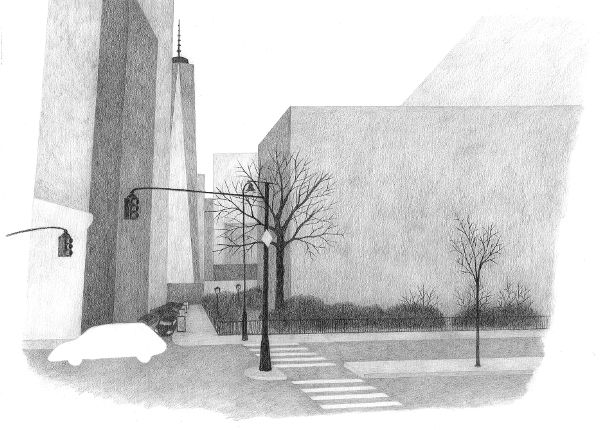
Maria Finn, Unfinished #16, pencil on paper, 29 42 cm, 2018. Maria Finn.
Copenhagen, May 2019
When my mother died, I bought a house that needed a new roof. Somehow crisis and construction, eruption and containment, loss and latitude often come as one package, I have found.
Henriette visited me, and I took her to the top of the scaffolding that surrounded the entire house at that point to inspect the construction work. Neither of us were very agileHenriette seven months pregnant and I as always afraid of heights. We sat on the roof, perhaps six meters above ground, surrounded by scaffolding. We talked about physical scaffolds, emotional ones, and the theoretical scaffolding that we as academics build around the phenomena we want to explore in order to get at eye level with our objects of study.
We had been working together for some time on the changing connotations of transparency and invisibility today. We had received a grant to host a range of conferences; we had brought together scholars from around the globe and from different academic disciplines for discussion; we were editing books and special issues and cowriting a number of articles. Yet although we could see that our ideas had struck a chord, we had trouble finding ways to word exactly what we were looking at, as if the questions themselves needed support, were unsafe, and left us vulnerable. I do not recall if this was when the idea for this book first took shape. As I think back, the idea was definitely latently present that quiet afternoon atop my house stripped of its roof. Depending on ones perspective, it is an opportunity, a conundrum, or an impasse that the question of how to erect something is somehow silently present in sites of destruction.
Remains of scaffolds have been found in caves in southern France, where they are believed to have supported those who painted the walls with reindeer, aurochs, mammoths, and horses seventeen thousand years ago. In Hong Kong, scaffolds of bamboo with nylon string, up to 100 meters high, are not uncommon. In the European Union, the design and erection of scaffolding is regulated to ensure that the purpose of a working scaffold is to provide a safe place of work with safe access suitable for the work being done. According to this standard, safety should be independent of the materials of which the scaffold is made.
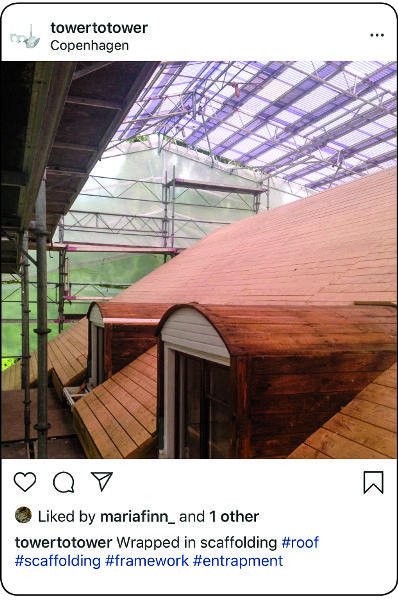
Yet the standard does not seem to account for theoretical scaffoldings constructed to support arguments and words. Although the scaffoldings used in construction work and even emotional scaffoldings are somehow held in check by the object (or subject) that they support, there is always a danger that theoretical scaffolds might be supporting something that is not really therethat, in fact, they are creating the gigantic object whose construction they support as they raise us inch by inch above the ground.
This chapter outlines a theoretical and methodological framework for the investigation carried out by the book you now hold in your hands. By moving from the Eiffel Tower to the Twin Towers and then to One World Trade Center and beyondfrom one gigantic tower to the nextthis book charts gigantism as a significant phenomenon of the present cultural moment and considers its ties to the past. The chapter asks why we should pay attention to gigantism today and suggests how we might go about it. But we also discuss the risk that we become part of the vanishing ontological borderline with which our study of gigantism engagesa borderline that we sense as an entrapment, an uncomfortably sticky position from which to work. So what kind of balancing acton a wobbly scaffolding with no railingsdo we need to perform if we are to tease out the workings of gigantism today?
Next pageFont size:
Interval:
Bookmark:
Similar books «Tower to Tower: Gigantism in Architecture and Digital Culture»
Look at similar books to Tower to Tower: Gigantism in Architecture and Digital Culture. We have selected literature similar in name and meaning in the hope of providing readers with more options to find new, interesting, not yet read works.
Discussion, reviews of the book Tower to Tower: Gigantism in Architecture and Digital Culture and just readers' own opinions. Leave your comments, write what you think about the work, its meaning or the main characters. Specify what exactly you liked and what you didn't like, and why you think so.


